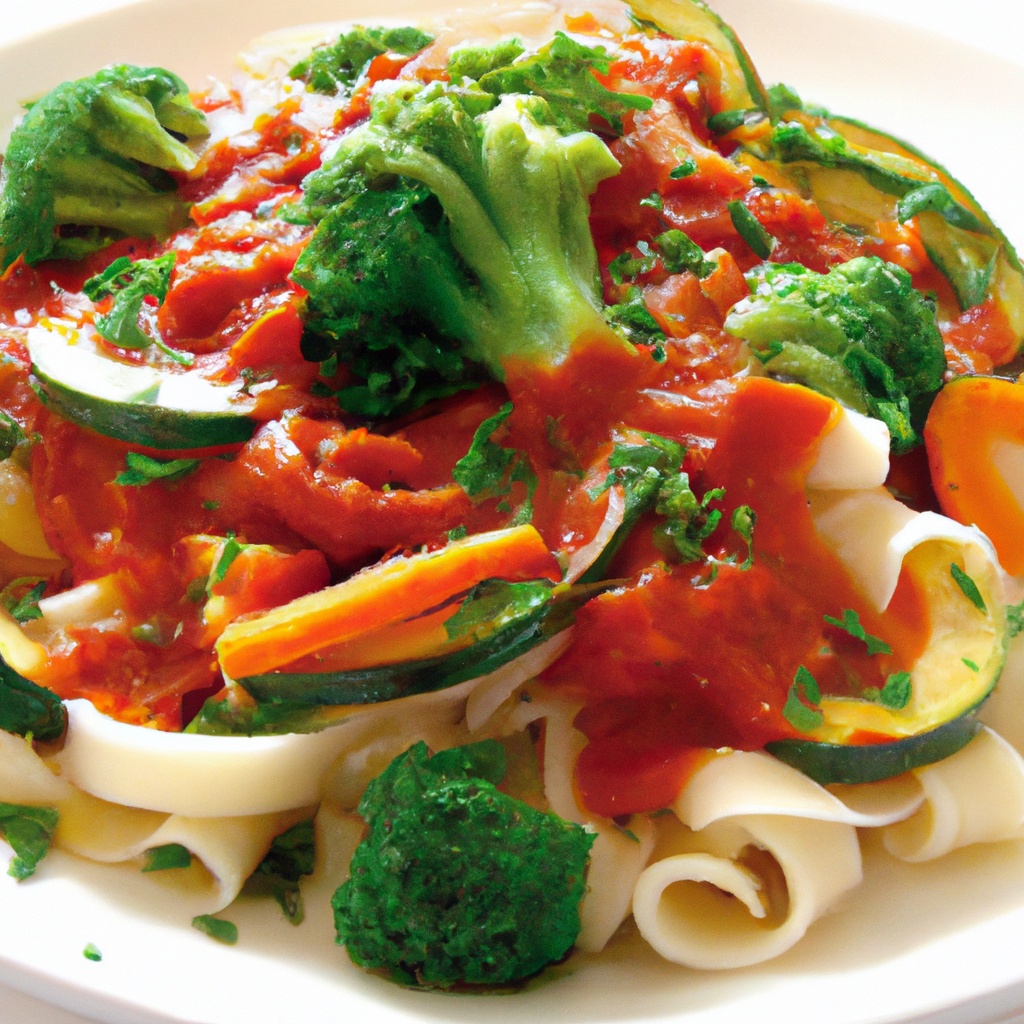PROS
This low-fat pasta primavera sauce is packed with various nutrients from the different vegetables in it, making it a healthy option for pasta sauces.
It is also easy to prepare and can be made in large batches for meal prepping.
CONS
The sauce may lack a bit of flavor if not seasoned properly.
Some people may find the sauce to be a bit too chunky or not smooth enough for their liking.
HEALTH & BENEFITS
This pasta sauce is packed with various nutrients from the different vegetables in it.
Broccoli is known to be rich in vitamins C and K, while carrots are rich in beta-carotene and fiber.
Tomatoes are rich in lycopene, an antioxidant that has been linked to reducing the risk of certain diseases.



/rating_off.png)
Leave a Reply